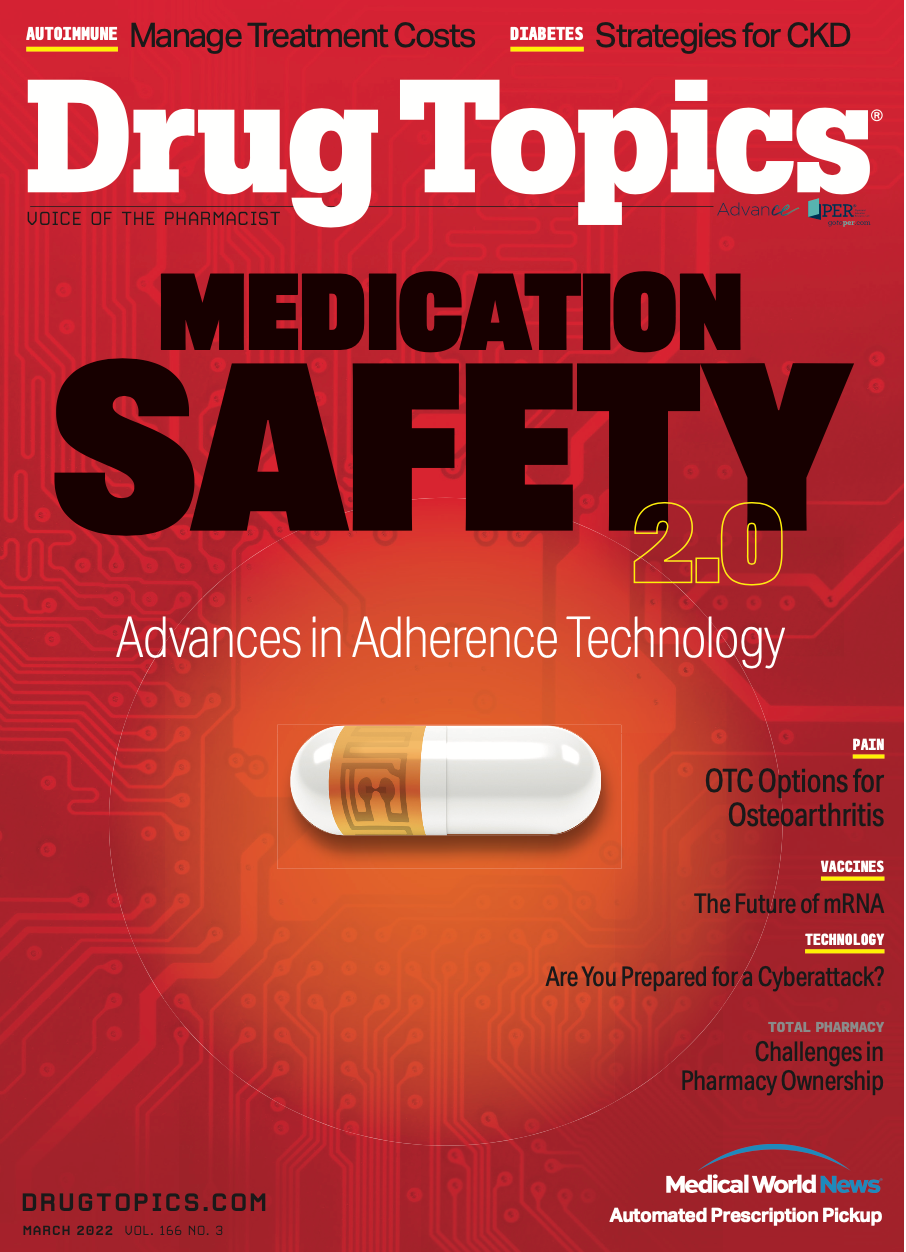Counseling Pearls: Allergic Asthma Treatment
Allergic asthma can be a complicated and confusing diagnosis.
When it comes to treating allergic asthma, “the pharmacist is
in the ideal position to ensure the patient understands their con- dition, how to avoid triggers, how to manage an attack, and how [med- ications] work,” Kashmira Govind, a pharmacist for the Farr Institute, explained. “This is especially impor- tant for [patients with] newly diag- nosed asthma. It is a complicated and confusing diagnosis.”
Troy J. Smith, PharmD, assistant professor of pharmacy practice at William Carey University School of Pharmacy in Biloxi, Mississippi, noted that allergen avoidance is still the best approach, combined with being prepared for those times when exposure to allergens or triggers is unavoidable. “If someone were allergic to cut grass but needed to mow the lawn, I’d tell [them] to wear a mask, possibly premedicate with a newer-generation antihistamine, and to have their rescue inhaler nearby,” Smith said. “And, of course, be [adherent] with their long-acting inhaler.”
Pharmacists must also counsel patients to ensure they are doing things correctly. “This is especially important for [older adults] and children—those with limited hand mobility,” Govind said. “The patient can practice the use of an inhaler in the presence of the pharmacist, who canpatiently instruct them correctly.” Pharmacists involved in medica- tion therapy management can conduct interviews, asking a series of ques- tions and assessing the patient’s level of control.“If [adherence] is there and the patient still suffers, the pharmacist may recommend a step up in therapy,” Smith said.“If the [asthma] is well controlled, then usually nothing needs to be done. However, be attentive to the steroid dose and see [whether] it can be lowered.”
Pharmacists can also help by checking medication ingredients to determine whether they contain any known allergen. And, pharmacists can suggest cost-effective steps to reduce triggers in the home, recommending a dust mite–proof mattress and pil- low covers, dehumidifiers, nontoxic pest control, and air filters.
Researchers are currently evaluating mepolizumab, (Nucala) a new drug that can treat the cause of asthma rather than the symptoms.“[Mepolizumab] switches off the cascade reaction of inflammation that causes an asthma attack,” Govind said. It is a biologic injectable that inhibits IL-5 to decrease the number of asthma attacks.
Recent recommendations from the Global Initiative for Asthma (GINA)1 have been to use budesonide/formo- terol fumarate dihydrate (Symbicort) as a reliever, as opposed to short-act- ing ß-agonists (SABAs).“The idea is that [budesonide/formoterol fuma- rate dihydrate] can provide suitably quick relief of symptoms without causing the patient to become overly reliant on the SABA, leading to airway remodeling,” Smith said.“Future edi- tions of GINA will examine the use of [budesonide/formoterol fumarate dihydrate] as a reliever more closely. The challenge will be to persuadepatients to try something different from the SABA, which has worked for them very quickly their entire lives.”
Recent small trials have compared benralizumab (Fasenra) with mepoli- zumab to treat eosinophilic asthma. Although initial eosinophil reduc- tions were initially similar, benral- izumab, Smith explained, seems to have kept more patients at a lower eosinophil count for a longer time. Currently, benralizumab is approved in the United States as an adjunctive therapy for eosinophilic asthma for patients 12 years and older.
Reference
- 2021 GINA main report. Global Initiative for Asthma. Accessed February 10, 2022. https://ginasthma.org/gina-reports/
